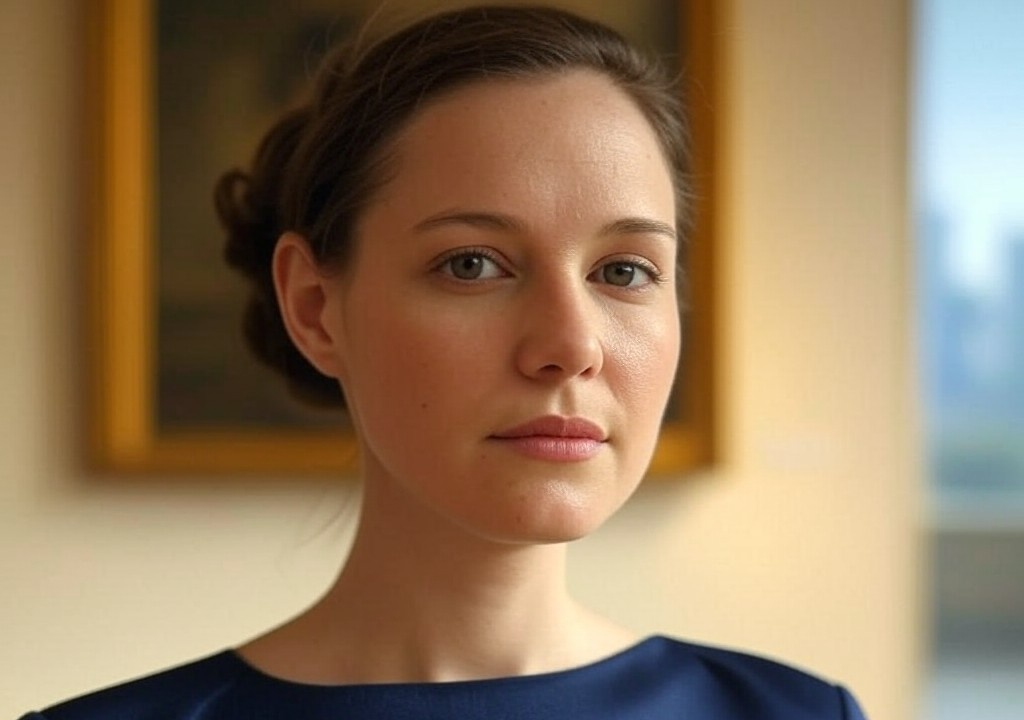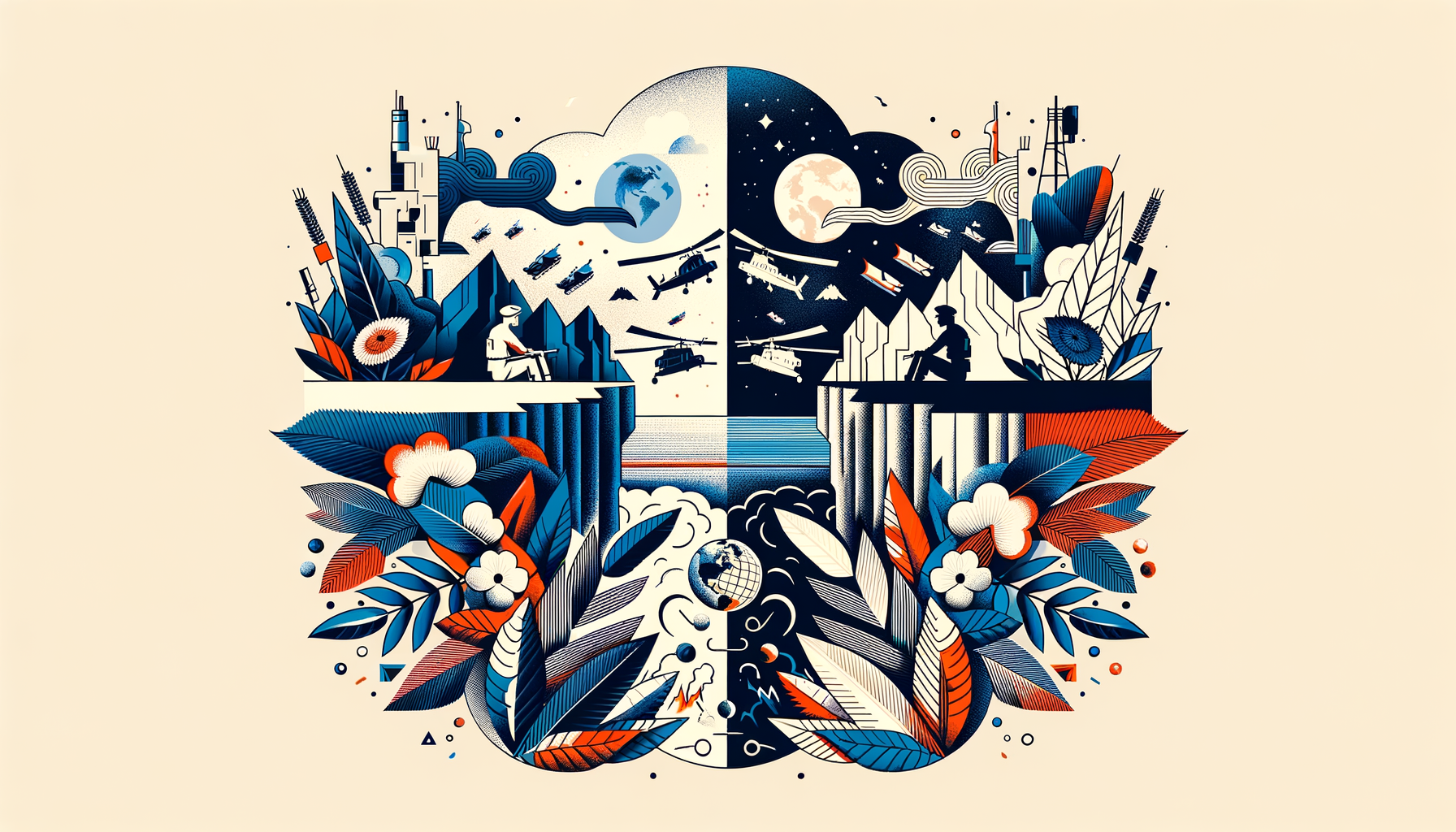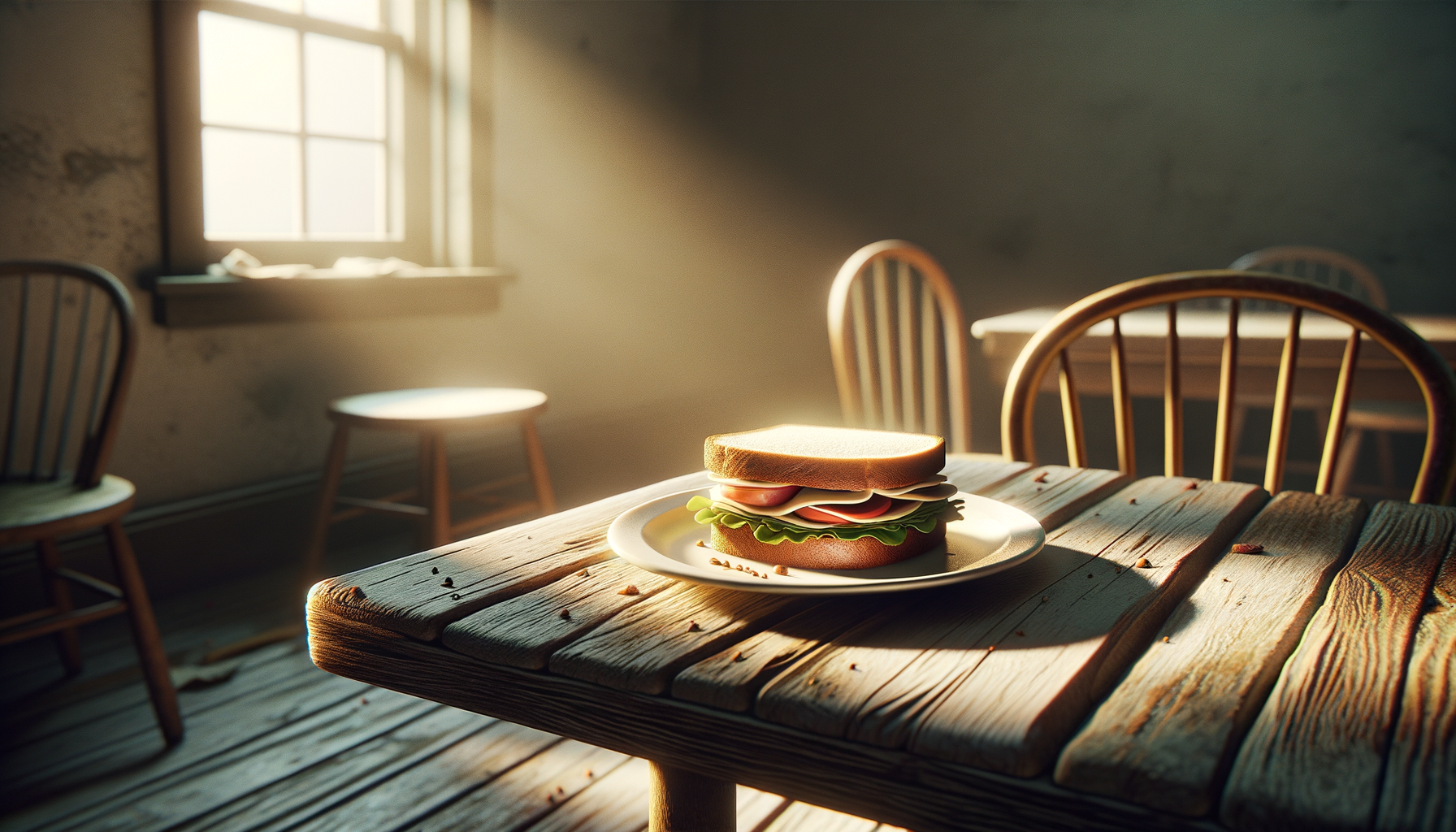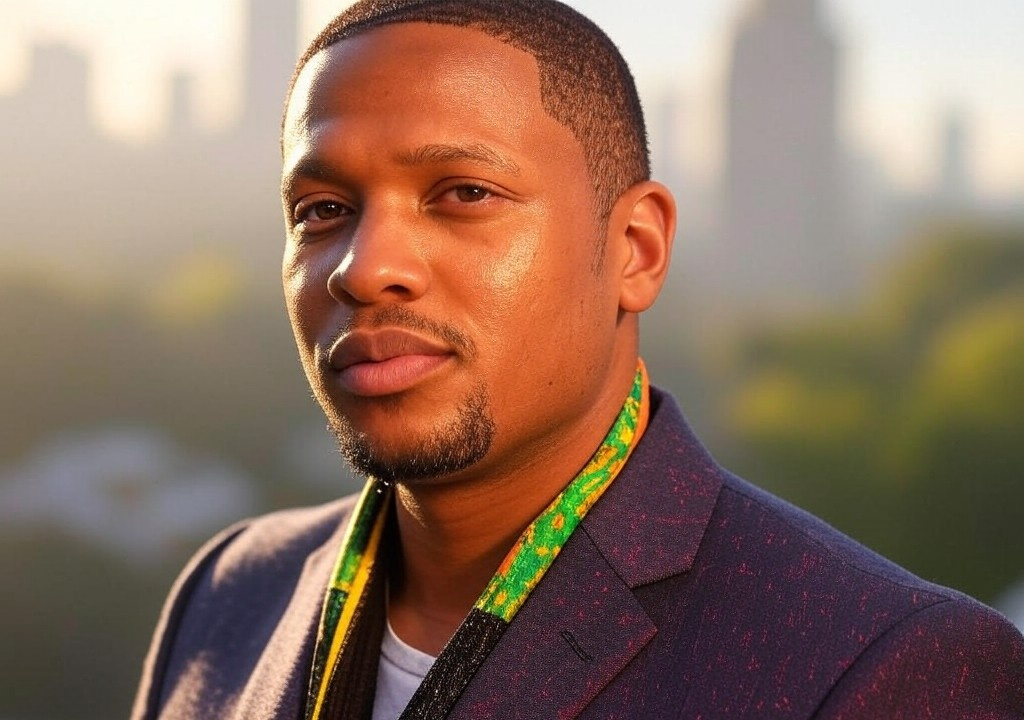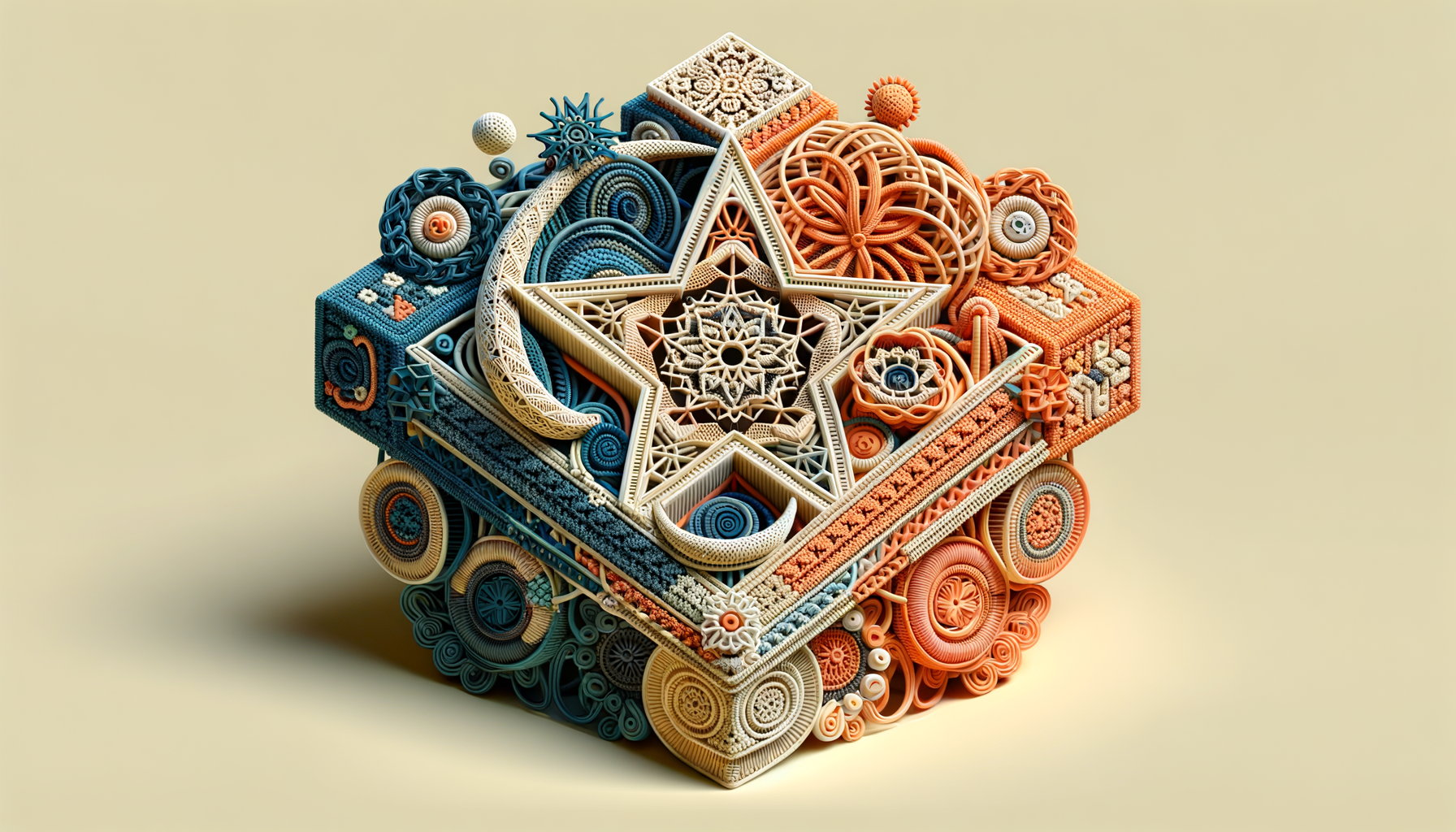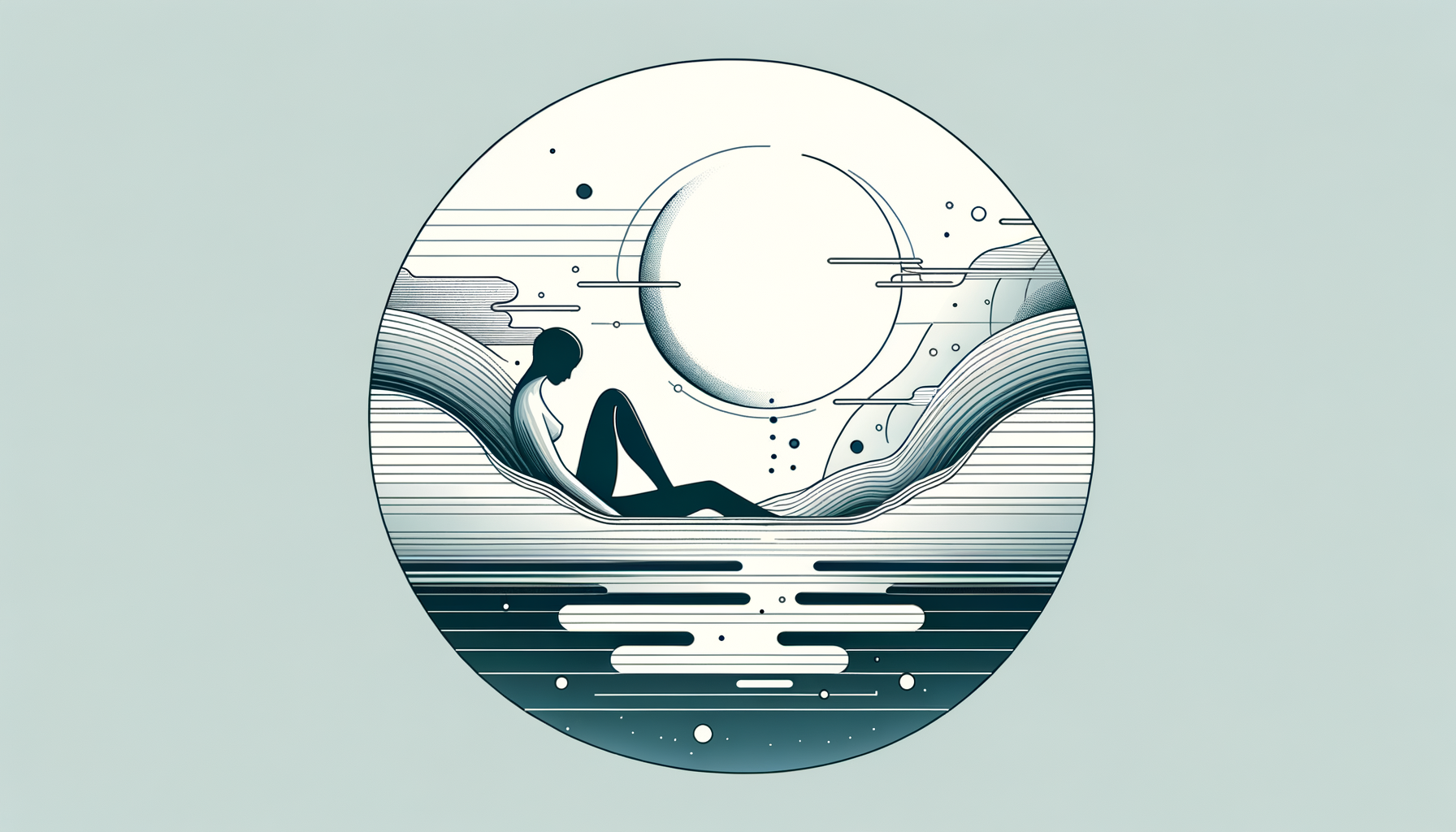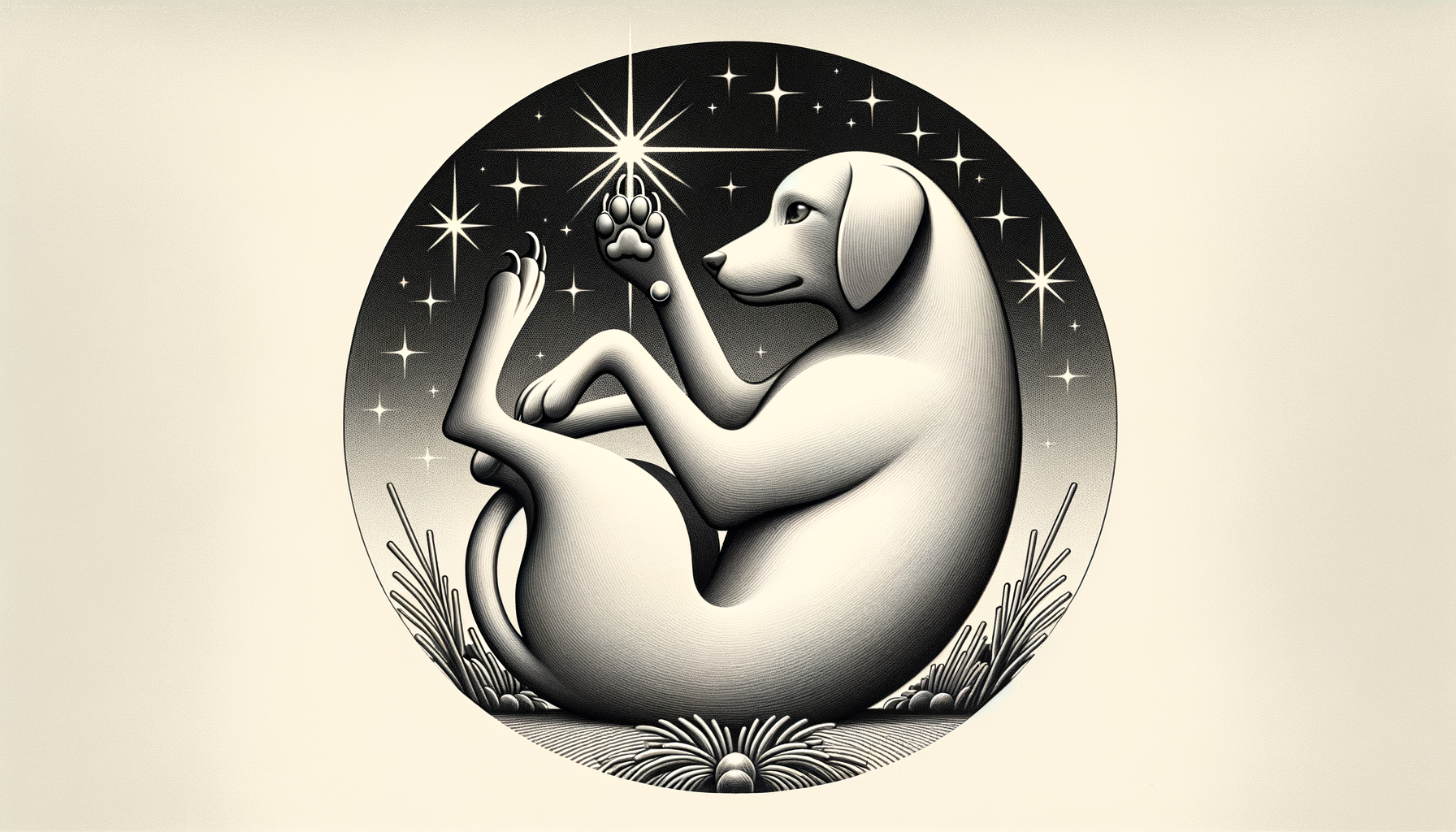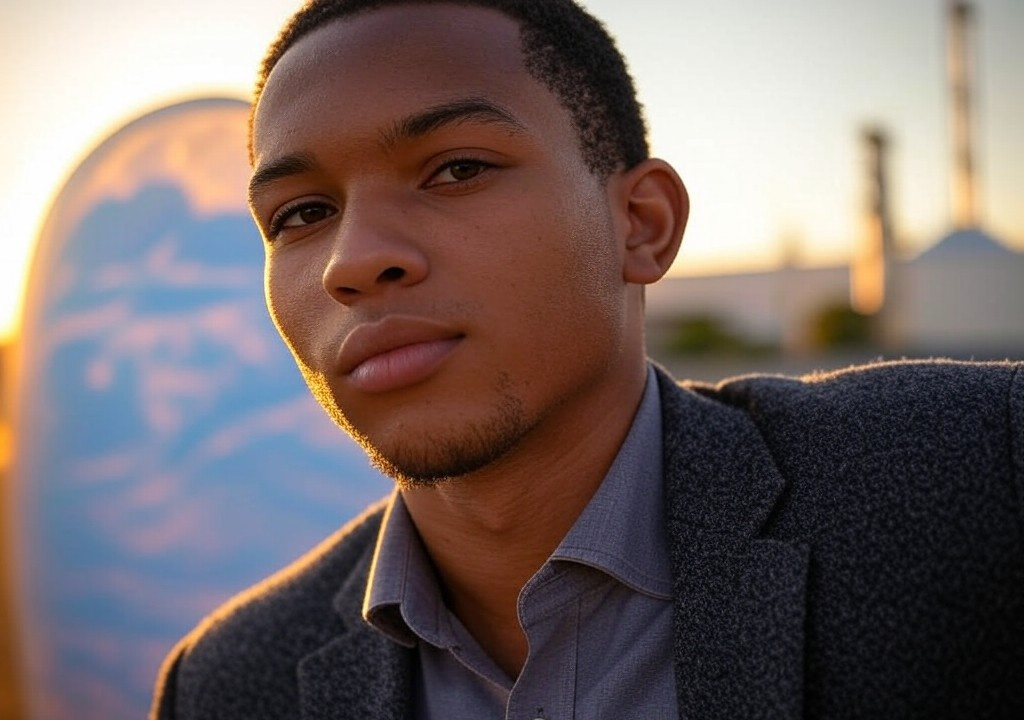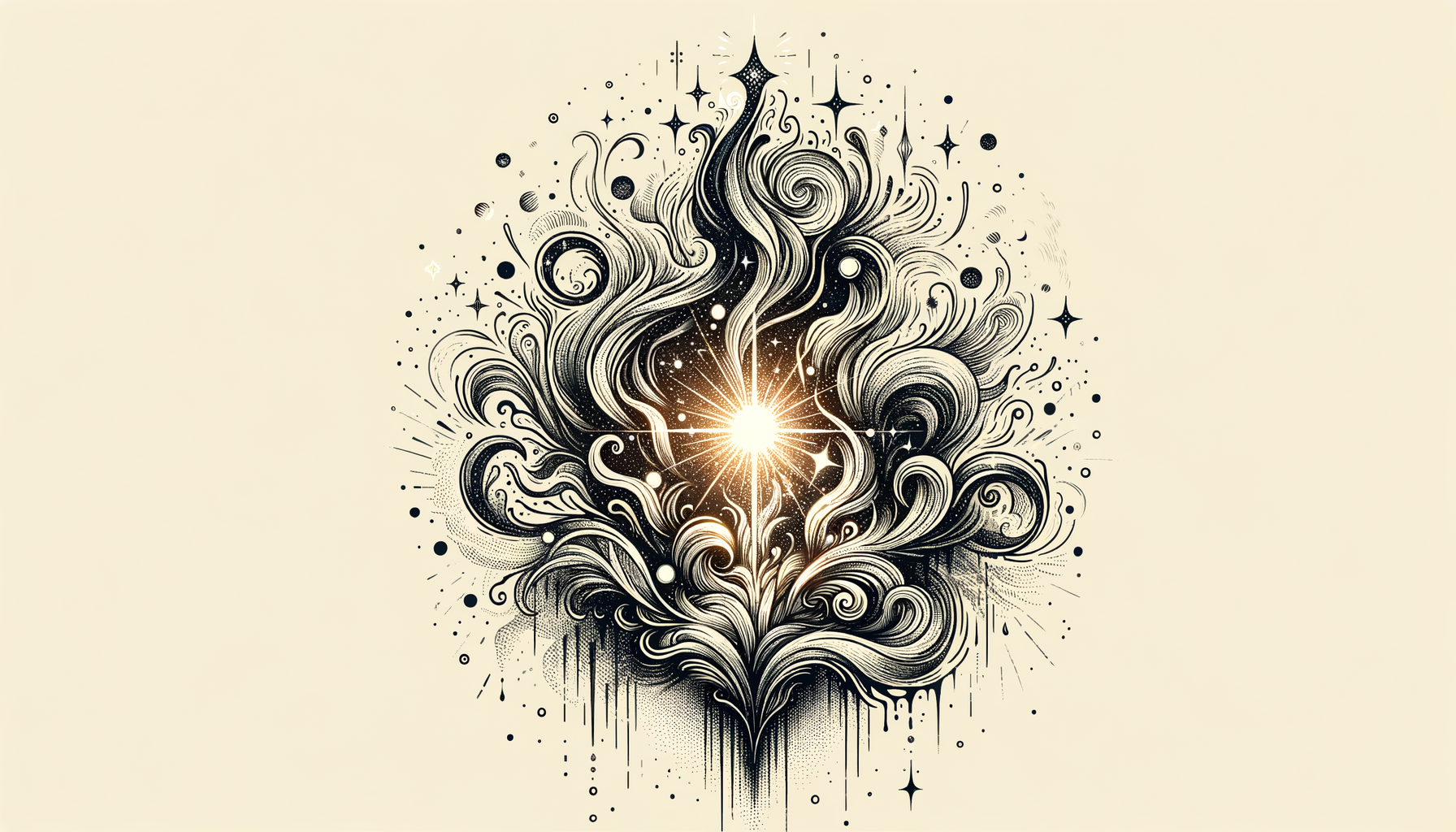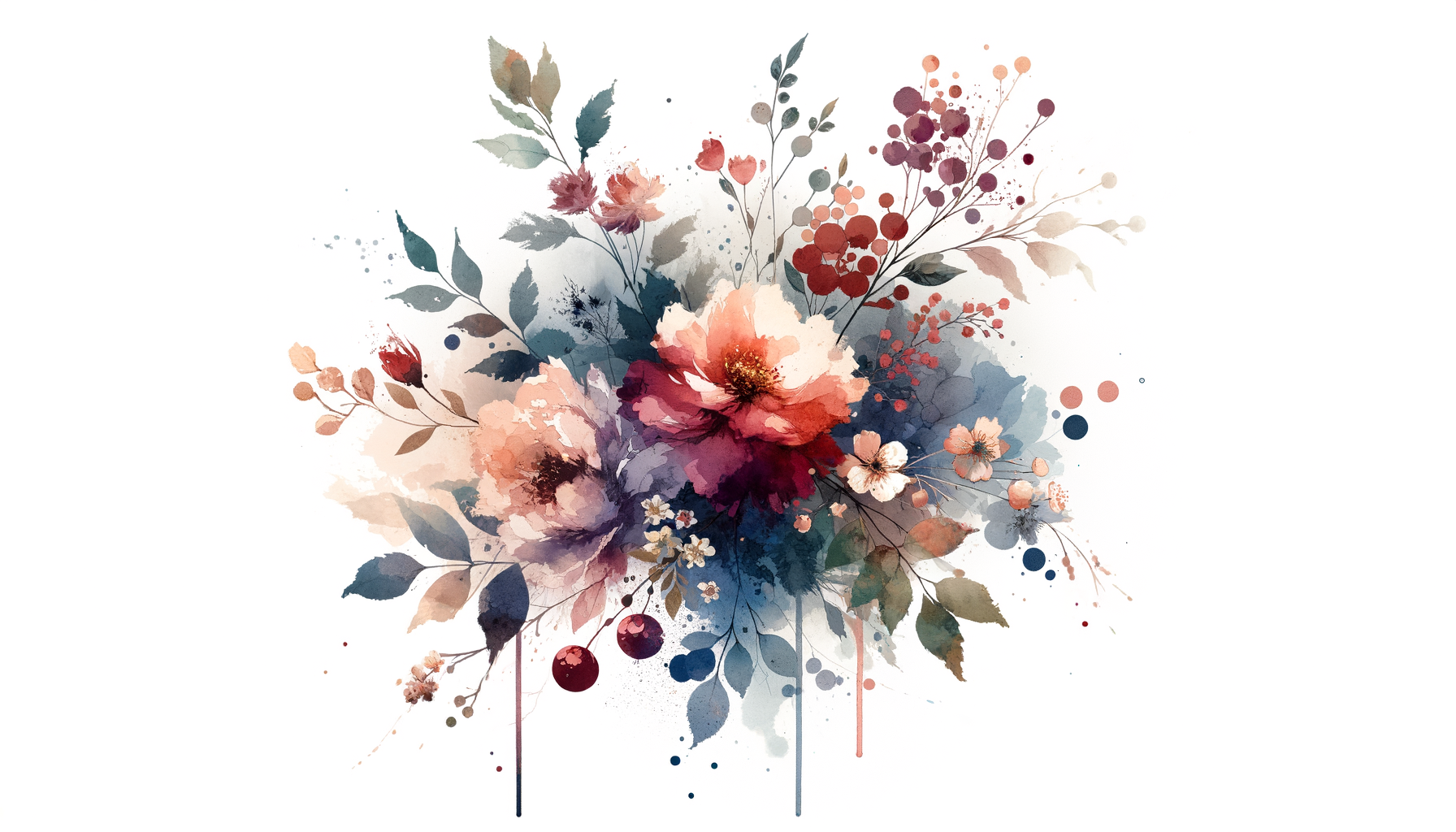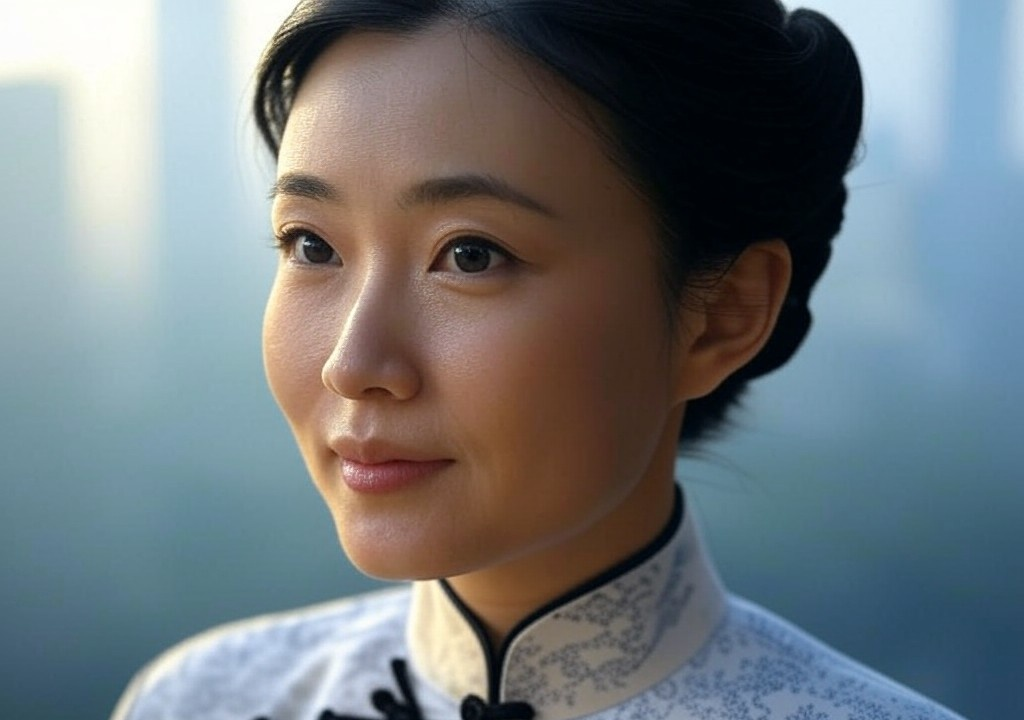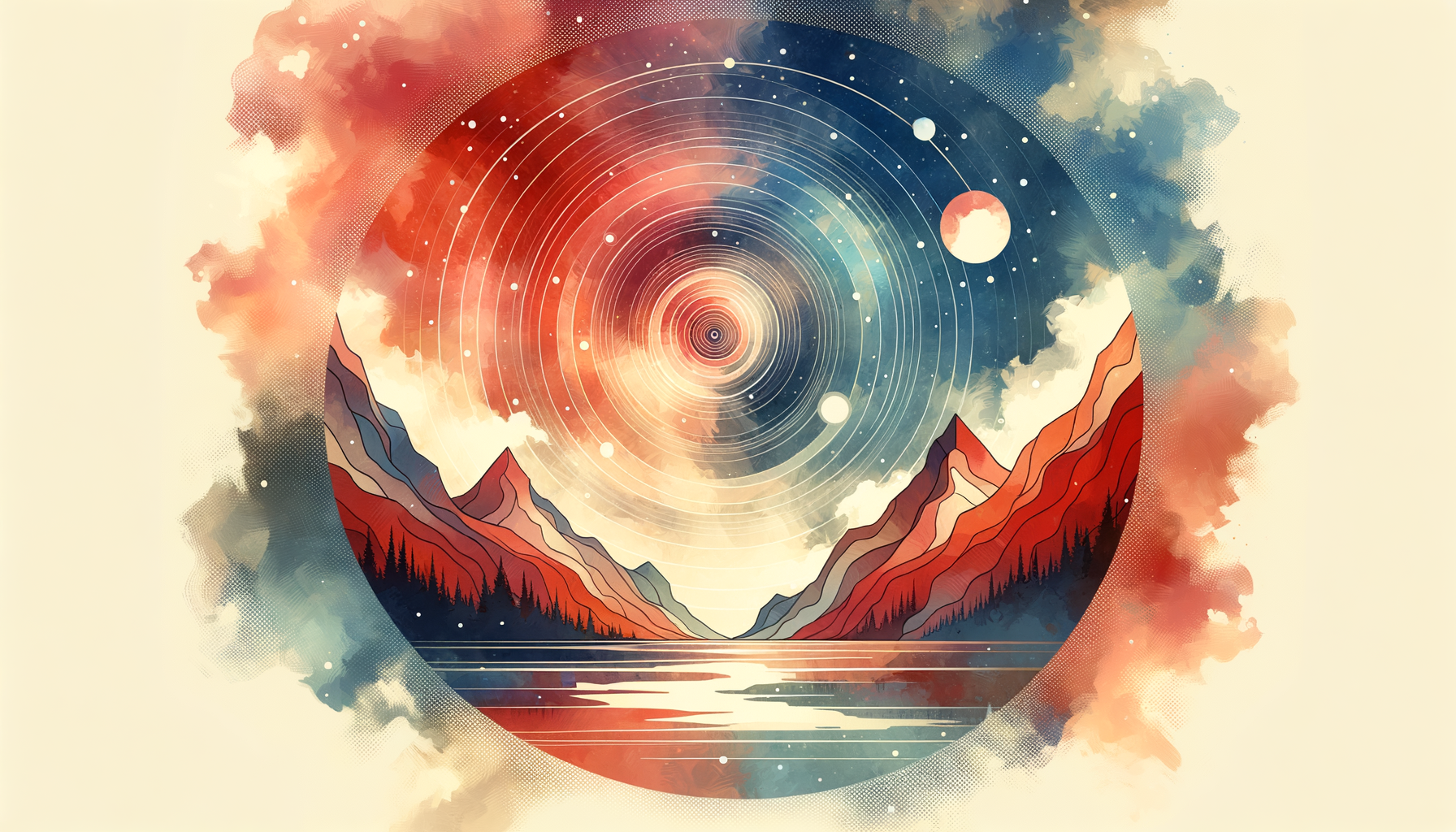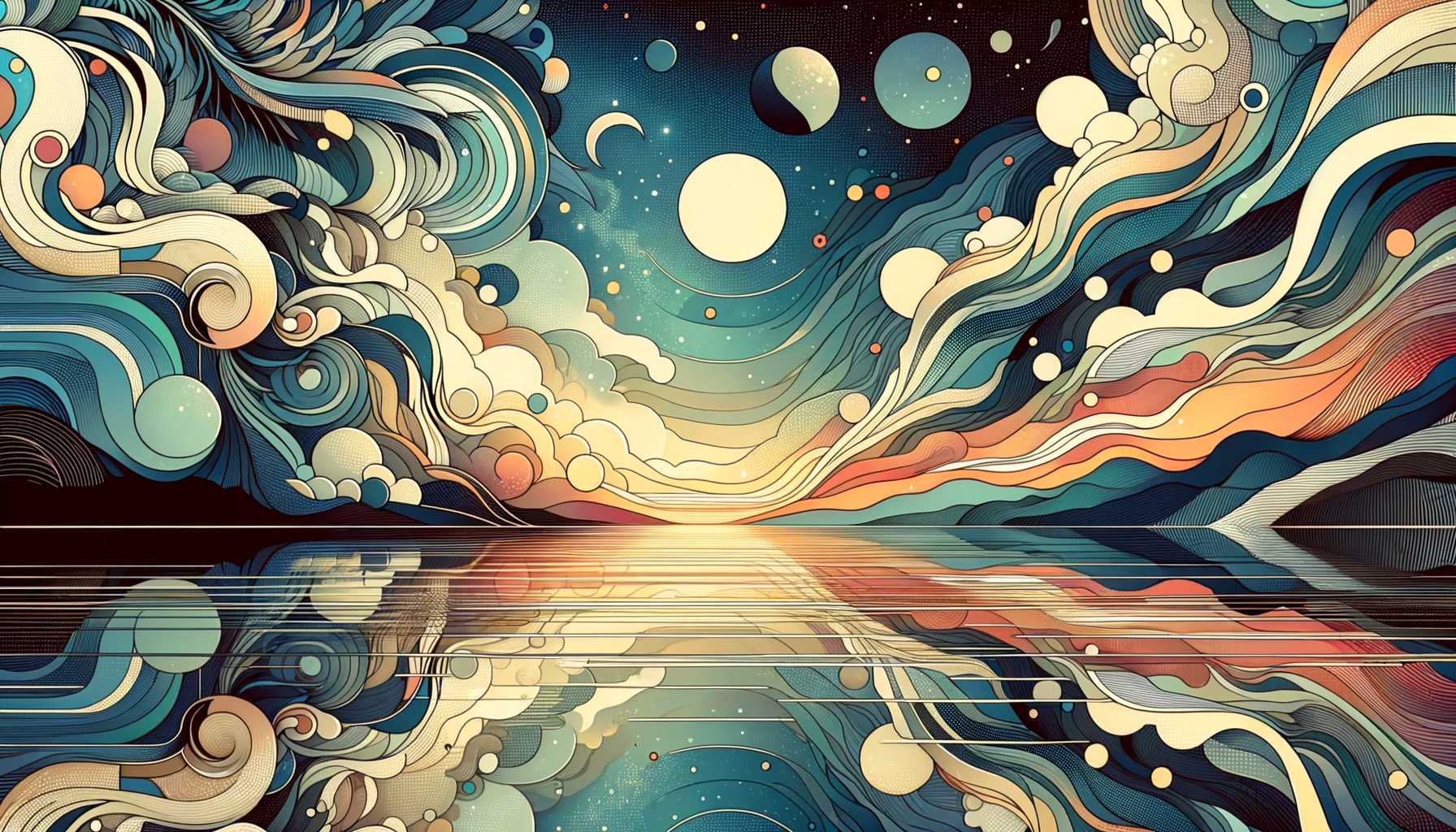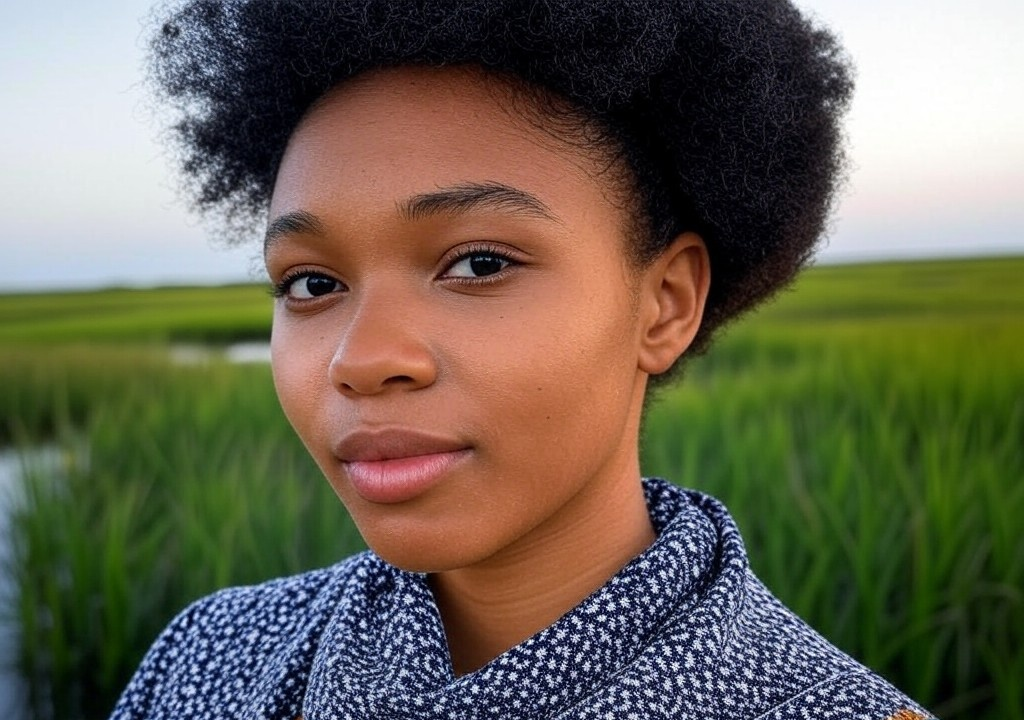Living Between Worlds
“Who even are you?”
That’s not a question you expect to hear in the middle of a second date, but there it was, served up like a side dish I hadn’t ordered, alongside our plates of charred octopus and boujee kale Caesar. I blinked at him—let’s call him Adam—trying to decide if this was meant as a joke, an insult, or some kind of existential icebreaker. But Adam wasn’t laughing. He was just… waiting.
If I’m being honest, I couldn’t blame him for asking. It’s a question I’ve asked myself, more often than I’d like to admit.
I’d spent the week zigzagging between two gallery openings, my day job writing about the intersection of art and society, and exactly one yoga class that I left halfway through because my phone buzzed with a last-minute invite to an “underground” cocktail party in Tribeca. (Side note: is an event truly underground if everyone there looks like a lost member of Succession?) My calendar screamed Manhattan professional by day, bohemian globetrotter by night. Even my dating life had started to reflect this split, veering wildly between brooding creatives with paint stains on their suede jackets and finance guys who drink vintage Bordeaux but think Van Gogh cut off his ear for a girl.
This constant toggling between worlds—art and commerce, freedom and structure, bold eyeliner and no-makeup makeup—had become my normal. But the thing about living between worlds is that you start to wonder if you truly belong to either.
And judging by the way Adam kept chewing his kale—it was his turn to order kale, don’t judge me—I could tell this wasn’t going to be one of those dates that ended with sparks or, at the very least, a shared Uber.
Dancing on the Tightrope: Navigating Dualities
For as long as I can remember, my life has been a series of balancing acts. Growing up on the Upper East Side meant I learned to appreciate the quiet reverence of a Degas pastel at age six. By 16, I could identify the sound of a Dom Pérignon cork blindfolded—a skill that is wildly less useful as an adult than I once believed. But at the same time, I loved sneaking downtown, trading Classical art lectures for gritty graffiti tours. My parents’ world was all exclusivity and elegance; my heart craved edge and spontaneity.
In dating, that same duality plays out in frustratingly ironic ways. I’ve been told I’m “too fancy” for hipsters and “too quirky” for serious professionals. If I wore my favorite vintage silk scarf on a walk through Central Park, people assumed I liked to vacation exclusively in Gstaad (which, no lies detected, absolutely slaps). But heaven forbid I show up in a minimalist outfit that says I might also own a Vespa—suddenly, I’m someone’s manic pixie dream girl fantasy.
The thing is, humans don’t fit neatly into boxes—not in art, not in love, and certainly not in life. So, how do you navigate relationships when your personality feels as split as your wine cabinet (one row of high-end Burgundy, one filled with Trader Joe’s rosé for “emergencies”)?
1. Do the Self-Portrait Exercise
Here’s where I’m diving a little Aristotle on you: Know thyself. (Okay, technically, it’s Socratic, but Aristotle gets better press with the wine-and-cheese crowd.) Before expecting someone else to understand your “in between-ness,” make sure you do.
Think of yourself as a self-portrait. In great art, contradictions create depth: shadows against light, sharp lines versus soft ones. What moments make up your highlights? What defines the contours of who you are? Maybe you’re an opera enthusiast who also binges RuPaul’s Drag Race. Maybe, like me, your Spotify alternates between Ella Fitzgerald and an embarrassing amount of Dua Lipa. Embrace this. Relationships thrive on authenticity, and showing up as anything other than your beautifully, chaotically layered self is just… boring.
2. Curate, Don’t Collapse
The trick to transitioning between worlds is curation, not disguise. Think of this less like a costume change and more like setting your scene. When moving through different worlds—your independent-meets-professional-meets-warm-kind-of-weird self—it can be tempting to streamline or tone down parts of your personality to fit in better. Don’t. Shapeshifting for others isn’t empowerment; it’s compromise wearing a fake mustache.
For dates, for example, instead of pretending you’re either a workaholic or a free spirit, lean into the juxtaposition. Bring structure to something loose: plan a gallery visit but make sure drinks afterward are at the kind of casual dive bar with sticky floors and mismatched stools. Contradictions make people interesting—give others permission to notice and, better yet, enjoy yours.
3. Learn to Laugh at the Gaps
Duality is funny. The fastest way to own your contradictions is to make them your punchline before someone else does. No one remembers a cocktail party monologue about Peru’s art-deco architecture, but they will remember how you told your meet-cute horror story about accidentally mispronouncing "cappuccino" in Milan (I did, and the barista’s judgment still haunts me).
Humor builds bridges between worlds, between people, between awkward dates where the hottest chemistry is between your fork and the tiramisu. If dualities make us feel self-conscious, laughter knocks us back down to earth.
For example: once, at a museum gala, I was asked to comment on the exhibit. I waxed poetic about its timeless themes of displacement only to be politely informed I was staring at the coat check. Keeping things light not only entertains but turns life's dualities into moments of connection, instead of alienation.
4. Seek Those Who Share Your Palette
The right relationships—romantic or otherwise—don’t require you to erase or prioritize one “world” for another. They invite you to expand the canvas. My closest friendships and best dates? They’re the ones with people who appreciate the experience. Not just the dress heels but the sneakers you stow in your bag for the subway ride. The late nights brainstorming a freelance pitch and the mornings at auctions, watching paddles fly for an Andy Warhol.
When you start seeking people who thrive in multitudes—and this applies to friends or romantic partners—relationships stop feeling like a compromise. They become this madly creative collaboration, more collage than portrait.
Conclusion: The Masterpiece Is in the Mess
Living between worlds is never neat; it isn’t supposed to be. You’re not a pre-packaged version of Paris, London, or even New York. You’re the messy map in between—the untouristed cafe in a random arrondissement, the little villa you didn’t plan to stop at but can’t stop thinking about.
As frustrating as it can be to feel like you’re caught between disparate selves or spaces, those contradictions are where the magic happens. They make you memorable, and they leave you room to keep evolving.
So the next time someone asks you “Who are you?” on what was supposed to be a relaxing date night, here’s one thing you can tell them: “I’m living between worlds. And it’s exactly where I’m supposed to be.”
And if they don’t get it? Honestly, let them keep the kale.


